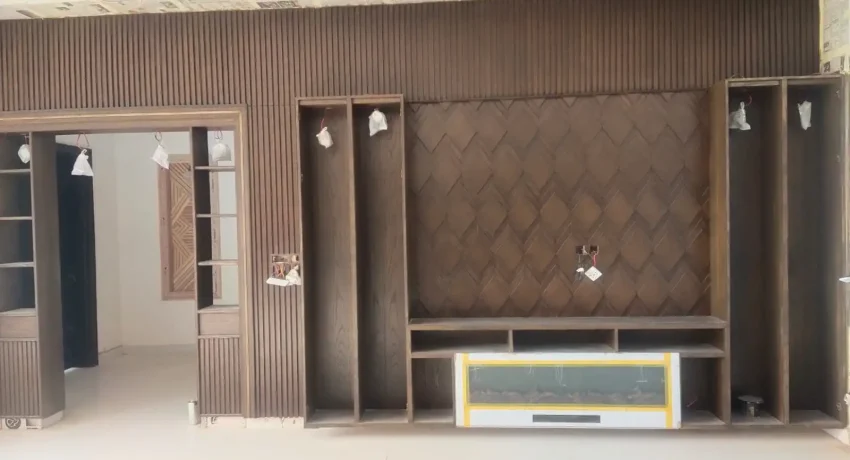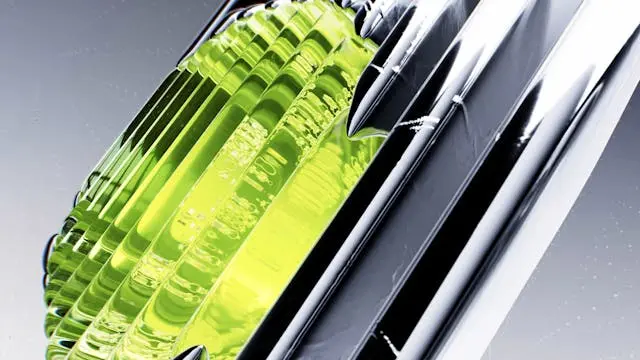3D WALL PANELS: TRANSFORM WALLS WITH MODERN ARTISTRY
Wall treatments have undergone a remarkable evolution, and among the latest trends reshaping interiors are 3D wall panels. These stylish, textural panels add depth, personality, and an undeniable wow factor to any room. In this article, we will dive deep into what 3D wall panels are, their types, materials, benefits, applications, and why they are becoming the preferred choice for designers and homeowners alike.
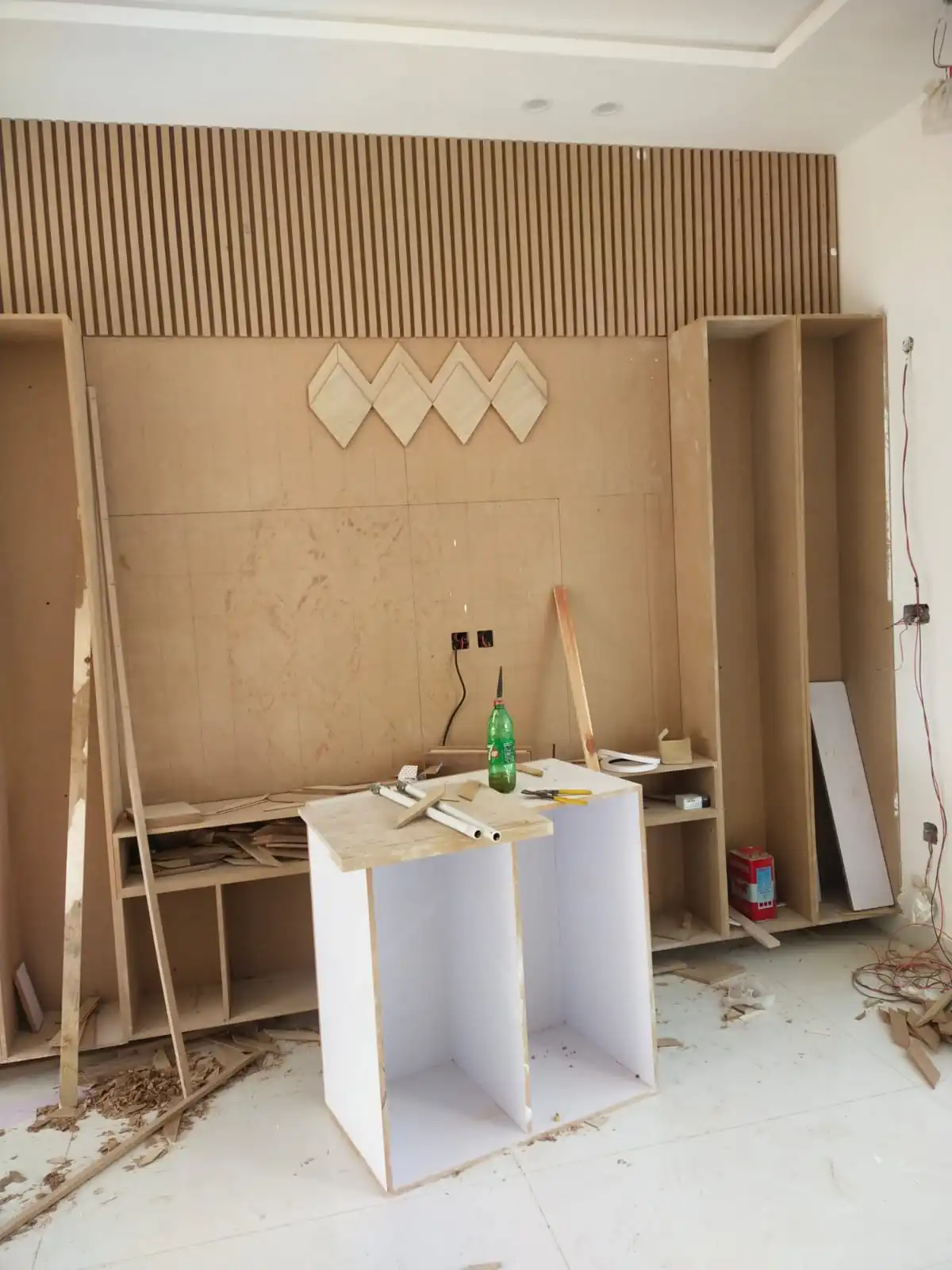
The Natural Beauty of Wood Finishes Enhanced
For those who prefer natural finishes, applying a high-quality hard wax oil or a water-based polyurethane varnish to solid timber and plywood remains a timeless method. These finishes not only provide a durable surface but also protect timber from yellowing under UV light, making them ideal even for high-moisture areas like bathrooms and kitchens.
Additionally, wood stains offer a variety of colorations. These stains can be overcoated with protective layers like hard wax oils or varnishes, ensuring a long-lasting finish. Before application, it’s wise to perform a test patch to guarantee the desired look.
A Nostalgic Journey: The Return of Wall Panels
The image of wall panels often brings back memories of the 1970s when wood-look plastic panels adorned countless homes. Though innovative at the time, these panels were thin, hollow, and eventually fell out of favor. Fast forward to today, and wall paneling has reemerged as a premium decorative feature. Thanks to advancements in materials and design, modern wall panels — especially 3D wall panels — offer sophistication and artistry that surpass anything from decades past.
Types of 3D Wall Panels Available Today
Modern 3D wall panels come in an astonishing variety of designs and materials, offering something for every taste and project type. Let’s explore the main types:
Sculpted 3D Panels
These panels are crafted using modern techniques to carve intricate, flowing designs into materials such as gypsum reinforced with glass fiber. They offer organic textures like waves, crumpled paper, or earthy patterns. Additionally, these panels are environmentally friendly, emitting no harmful VOCs or urea-formaldehyde.
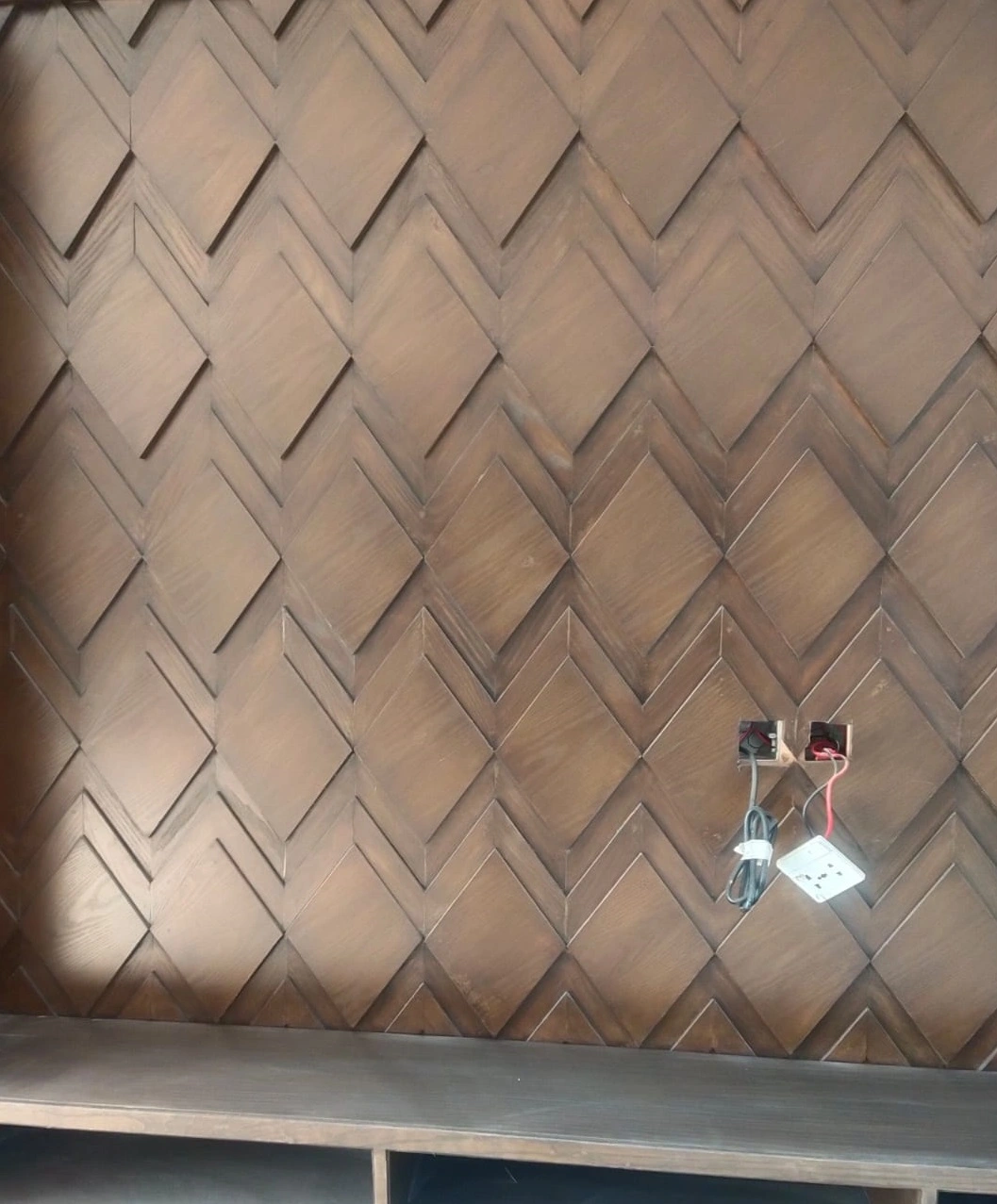
Translucent Panels
Translucent 3D wall panels, made from materials like eco-resin and pressed glass, allow light to pass through while showcasing stunning embedded patterns or custom graphics. They’re perfect for large-scale commercial installations where a dynamic visual impact is desired.
Composite Core Panels
Composite panels feature lightweight, stiff cores covered with transparent or colored resin layers. Depending on the core material — polycarbonate, aluminum honeycomb, or recycled cardboard — the panels exhibit varying degrees of strength, translucency, and sustainability.
Traditional Wood Wall Panels Making a Stylish Comeback
Wood siding, once a staple in traditional interiors, has regained prominence in modern home design. With its rich textures and natural appeal, wood paneling now bridges classic and contemporary styles seamlessly.
Traditionally used in luxurious palaces and rustic cottages alike, wood wall panels bring warmth, acoustic insulation, and a sense of luxury. Modern treatments involve sustainable wood sourcing, high-quality veneers, and customization options that cater to diverse design needs.
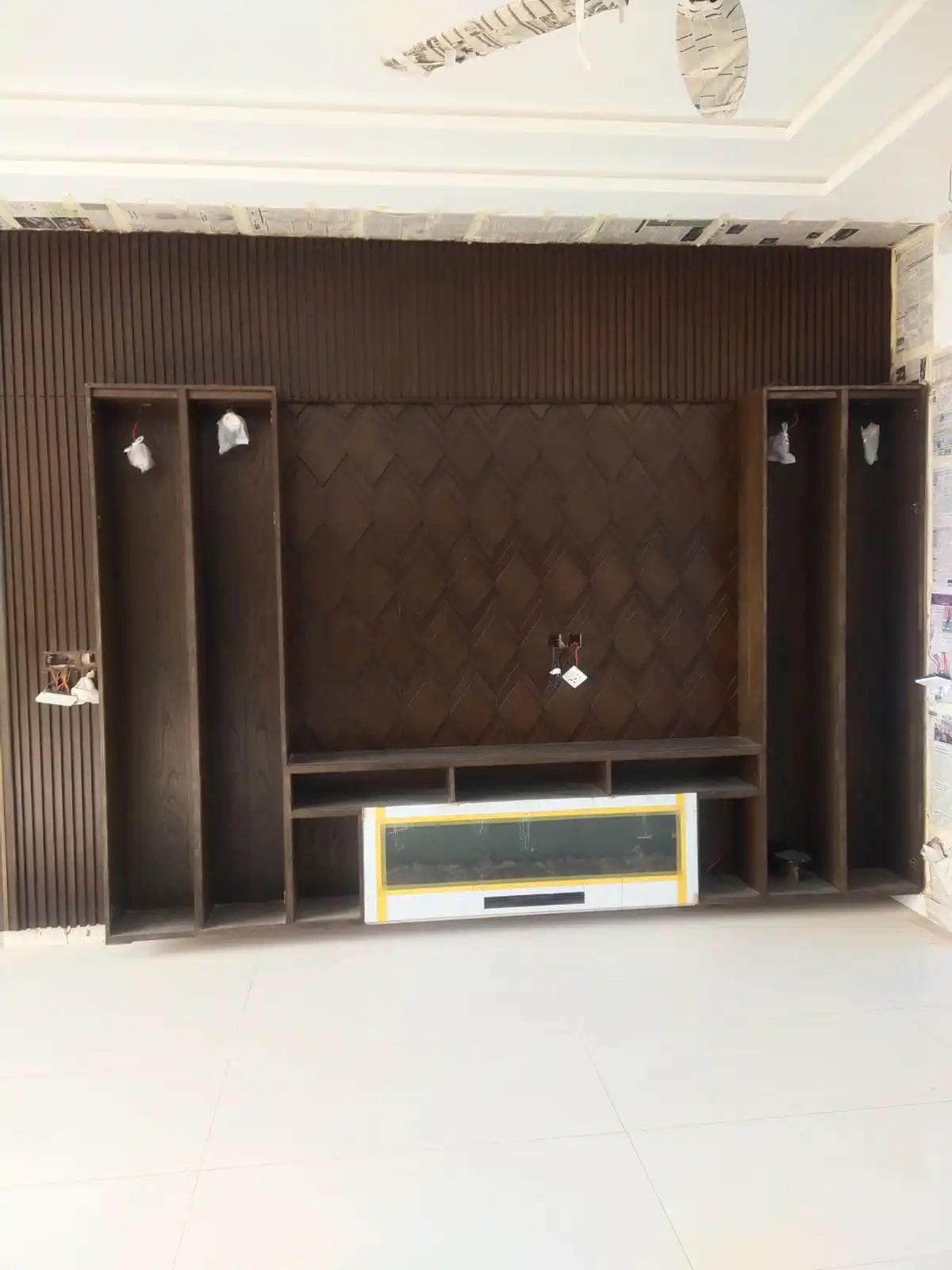
Evolution of Wood Paneling: Old Versus New
The wood paneling of the 1960s and 1970s often relied on thin veneers or even plastic laminates. In contrast, today’s panels focus on authenticity and craftsmanship:
- Hardwood veneers on premium plywood backings
- Sustainable sourcing for eco-conscious consumers
- Custom dimensions to fit specific spaces
- Improved finishing techniques for durability and beauty
Real hardwood veneer panels now come in exciting options like mahogany, zebrawood, teak, oak, and maple, offering designers and homeowners limitless creative possibilities.
Why 3D Wall Panels Are Gaining Popularity
Several factors explain why 3D wall panels are taking over modern interiors:
1. Reviving Classic Traditions
Wall panels were historically used to signify importance and add warmth to spaces. Today’s 3D panels carry that tradition forward but with a contemporary twist, blending classical charm with modern technology.
2. Modern Interpretation
Contemporary design interprets 3D wall panels in innovative ways — mixing materials, colors, and layouts to achieve anything from minimalist sophistication to bold, artistic statements.
3. Versatility and Flexibility
Beyond their aesthetic appeal, 3D panels offer functional benefits:
- Wall cladding
- Ceiling treatments
- Fireplace surrounds
- Accent furniture features
Moreover, their soundproofing and thermal insulation qualities enhance the practicality of any space.
4. Sustainable Options
Eco-friendly materials and sustainable practices are crucial today. Many 3D wall panels are manufactured from recycled products or responsibly sourced wood, aligning beautifully with environmental initiatives.
Customization Possibilities for 3D Wall Panels
Custom-sizing is an essential advantage of modern wall panels, ensuring a tailored fit for each project:
- Wall Dimensions: Made to fit non-standard spaces without excessive trimming.
- Height and Width Variations: Achieve specific design patterns or large-scale installations.
- Special Shapes: Panels can be customized for arches, slopes, or niches.
- Color and Material Choices: Select from an array of woods, resins, colors, and finishes.
- Decorative Enhancements: Add carvings, textures, or embedded materials for extra flair.
Working with professional installers or decorators ensures that custom panels meet both aesthetic and practical requirements.
Understanding the Costs of 3D Wall Panels
Pricing for 3D wall panels varies widely, depending on several factors:
1. Type of Material
Hardwoods like oak or walnut are generally pricier than MDF or composite materials. Specialty woods command even higher prices.
2. Quality Grades
Higher-grade panels feature better grain and consistency, thus costing more.
3. Design Complexity
Intricately sculpted designs or custom-printed translucent panels cost significantly more than simpler options.
4. Size and Customization
Standard-sized panels are cheaper than fully customized ones tailored to specific measurements.
5. Finishing Treatments
Pre-finished panels or those with added protective coatings carry additional costs.
6. Installation Charges
Professional installation ensures precision but adds to overall project costs. Complex installations like curved walls or ceiling applications may require specialized labor.
General Cost Estimates:
- Economical options like peel-and-stick planks start at around $3–$8 per square foot.
- Mid-range panels featuring real wood veneers or eco-resins may cost $15–$30 per square foot.
- High-end custom designs can soar up to $60–$100 per square foot.
Balancing budget with design vision is key when selecting the right 3D wall panels.
DIY vs. Professional Installation: What to Consider
For simple designs or peel-and-stick panels, a DIY approach can work. However, for intricate 3D panels requiring seamless alignment or wall preparation, hiring a professional is highly recommended.
Professional benefits include:
- Perfect panel placement
- Correct treatment of edges and corners
- Longer-lasting results
- Warranty options
In cases where installation affects structural aspects, like supporting heavy panels on drywall, professional expertise becomes indispensable.
Best Areas to Use 3D Wall Panels
Due to their versatility, 3D wall panels can be installed in many areas:
- Living Rooms: Create dramatic feature walls.
- Bedrooms: Add a cozy, luxurious headboard wall.
- Dining Areas: Elevate sophistication and style.
- Offices: Enhance branding and aesthetic appeal.
- Retail Stores: Make displays more engaging.
- Hospitality Spaces: Enrich lobbies, hallways, and conference rooms.
Even ceilings can benefit from 3D treatments, adding unexpected depth and visual intrigue to otherwise overlooked spaces.
Final Thoughts: 3D Wall Panels as a Modern Masterpiece
In conclusion, 3D wall panels represent the best of both worlds — honoring the beauty of traditional craftsmanship while embracing modern innovation. They offer limitless design opportunities, bringing texture, depth, and personality to interior spaces in ways that flat walls simply cannot.
With sustainability options, endless materials, and custom designs available, they allow homeowners and designers to craft spaces that are not only visually stunning but also eco-conscious and functional. Whether you are updating a cozy bedroom or making a bold statement in a commercial setting, 3D wall panels can transform your space into a work of art.
As trends continue to evolve, it’s clear that 3D wall panels will remain at the forefront of stylish, smart interior design — merging art, architecture, and practicality for years to come.

